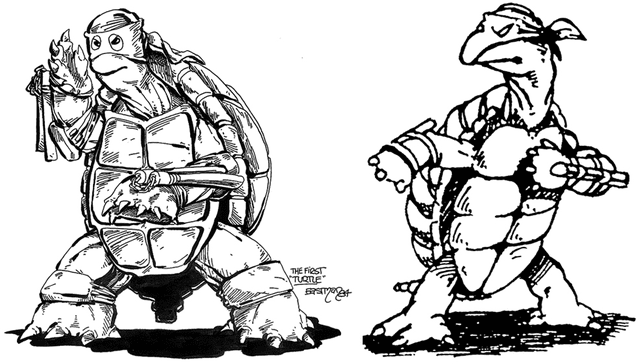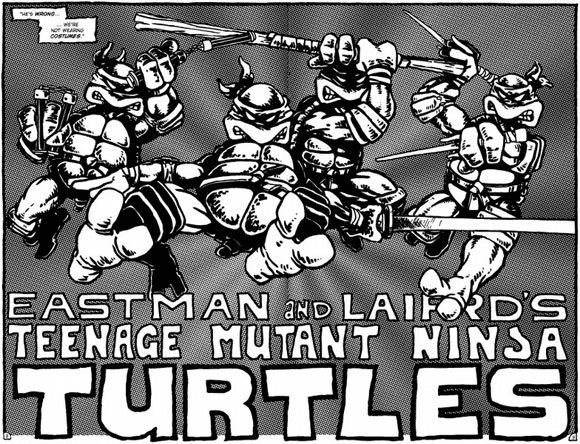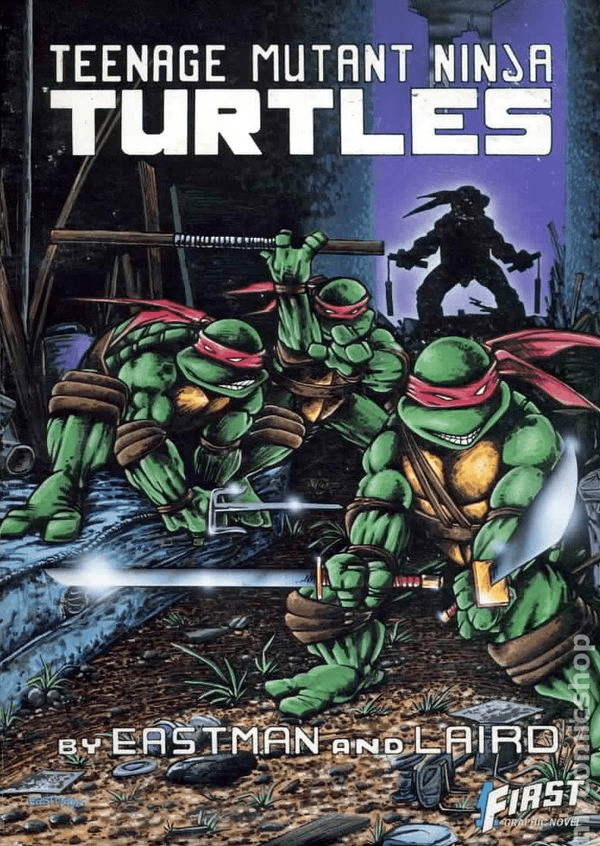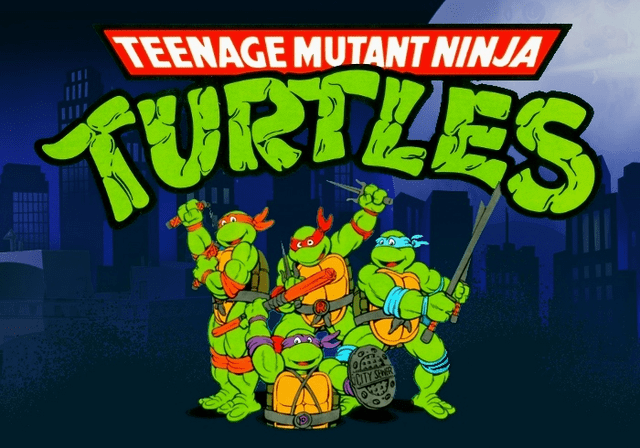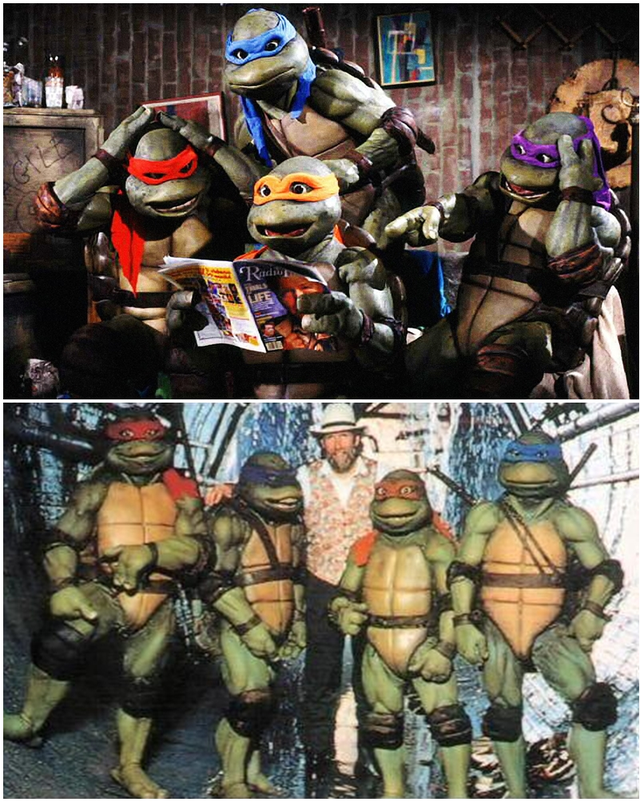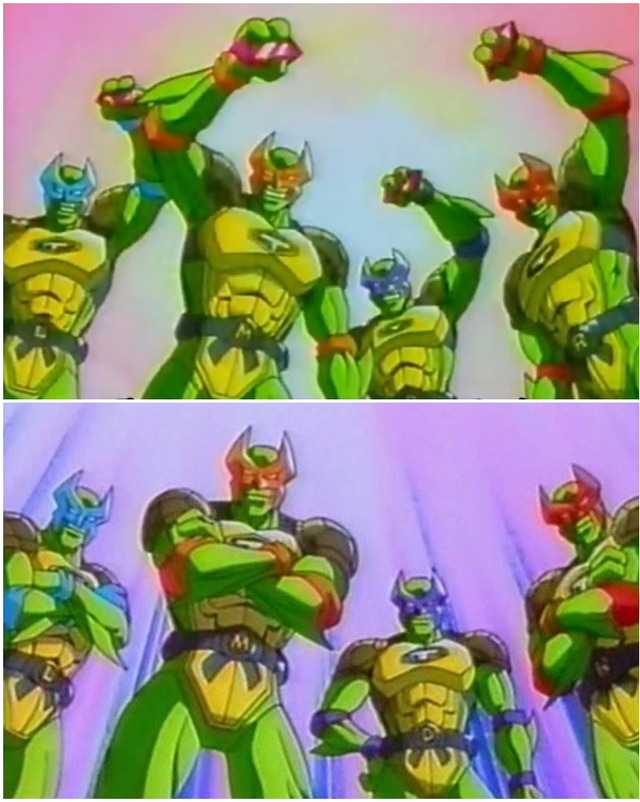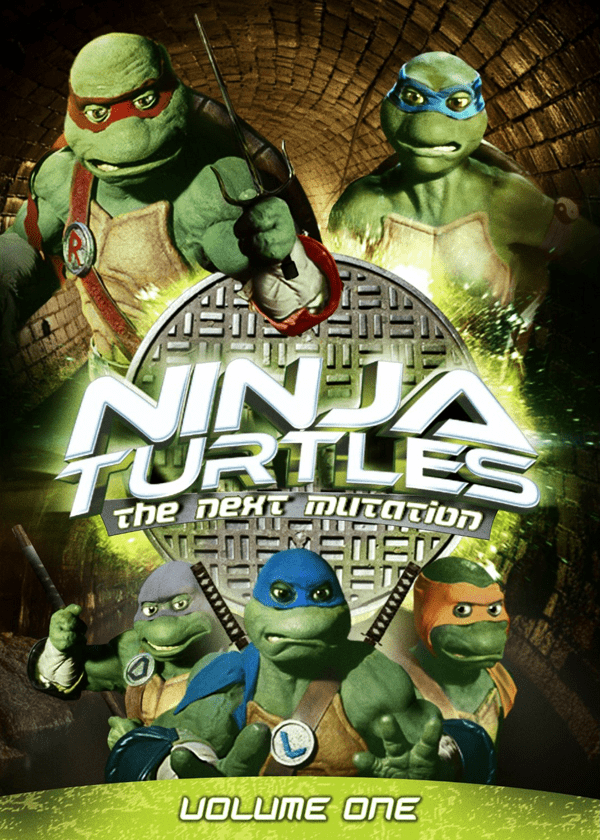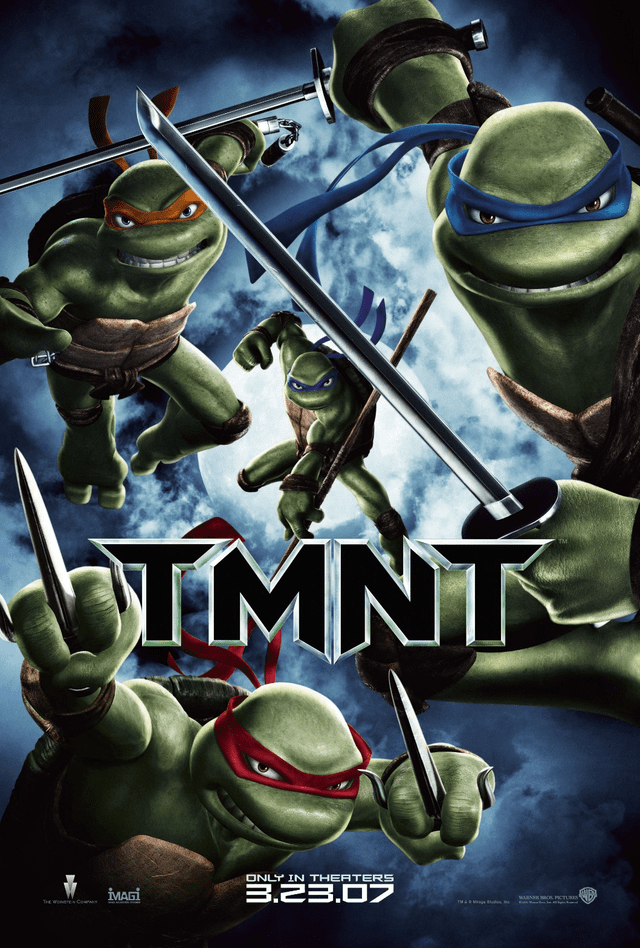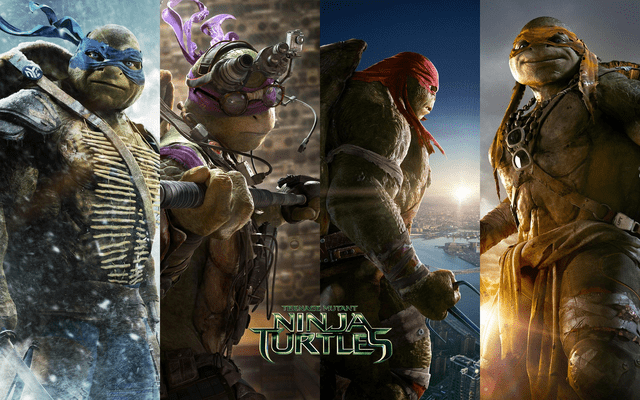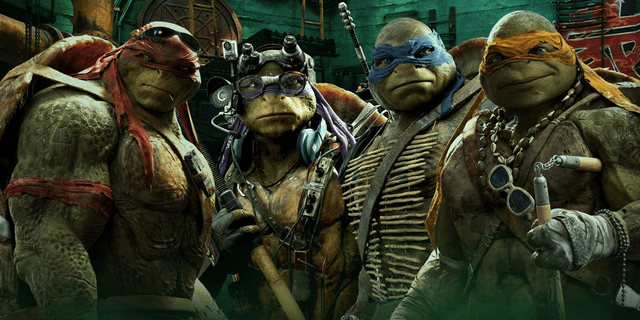The Evolution of the Teenage Mutant Ninja Turtles
Since 1984, the comic series featuring the Teenage Mutant Ninja Turtles alongside their iconic green enemies has transformed into a beloved global phenomenon. Initially depicted as comic book characters, the Ninja Turtles have since been adapted into various forms of media, including animated series, live-action films, and video games. Join us as we explore the significant milestones in the evolution of these characters:
Initial Concept (1983)
The idea of the Teenage Mutant Ninja Turtles was conceived by two artists, Kevin Eastman and Peter Laird. One November evening in 1983, while at Mirage Studios, Eastman was inspired to create a character resembling a turtle standing on two legs, donning a mask and wielding a weapon, which led to the birth of the “Teenage Mutant Ninja Turtles.” Eastman presented this concept to Laird, who immediately became interested. Eastman then added three more turtles, each with a distinct personality. Laird coined the term “Teenage Mutant Ninja Turtles” after finalizing Eastman’s rough draft.
First Comic Release (1984)
The first appearance of the Teenage Mutant Ninja Turtles occurred in May of 1984. The comic pages were printed in black and white, allowing each turtle to be distinguished by their unique colored bandanas.
First Color Comic Version (1986)
Throughout the early years of the comic series, the characters continued to develop and refine. The character designs became more defined and heroic. With the introduction of color, the turtles became even more recognizable, solidifying their status in comic book culture.
First Animated Series (1987)
When the turtles transitioned to animated television, there were notable changes in their appearance and personalities. The characters were given distinctive colors and personality traits to appeal to a younger audience. Additionally, their love for pizza was prominently featured, marking a significant aspect of their character development.
First Live-Action Film (1990)
The turtles made their debut in a live-action film directed by Jim Henson. During this time, actors donned elaborate costumes that transformed the turtles into their on-screen counterparts, albeit with some limitations in the technology of the era.
“Coming Out Of Their Shells” Tour (1990)
To further boost the turtles’ popularity, a concert tour titled “Coming Out of Their Shells” was organized in 1990 at Radio City Music Hall. The turtles performed as a band, showcasing their musical talents.
Anime (1995)
This anime was produced in Japan in 1995, depicting the turtles using a magical stone to transform into superheroes and battle Shredder. However, this anime was never aired in the U.S.
TV Show (1997)
The TV show “Ninja Turtle – The Next Mutation” debuted in 1997. This series was controversial due to the introduction of a fifth turtle, Venus, who trained in martial arts for 17 years in China and returned to New York.
First CGI Film TMNT (2007)
After a decade of live-action films, director Kevin Munroe decided to employ full CGI technology for this film. In “TMNT 2007,” the turtles’ appearances were distinctly different from previous versions, allowing for more detailed character designs.
3D Animated Film (2012)
The 2012 animated film focused more on the “teenage” aspect of the turtles, showcasing their youthful and playful nature compared to earlier versions.
Live-Action Films TMNT 2014 and 2016
These two installments are the latest adaptations of the TMNT franchise. The cinematic visuals and character designs of the four turtles were elevated, resulting in larger and more dynamic portrayals. They also embraced a blend of traditional Japanese fashion and contemporary teenage styles.
The Ninja Turtles have left a significant mark across various forms of media, including video games, comics, and toys. Their cultural impact continues to resonate, making them enduring icons in both American and global pop culture. The allure of the Ninja Turtles extends far beyond their original audience, reaching fans of all ages worldwide. Notably, in Vietnam, a local game studio, Joy Entertainment, has even created a character resembling Leo. Additionally, many other superhero characters from Marvel and DC Comics have also inspired games, adding to their legacy.
Join the discussion in our group Anh Hùng Đại Chiến to share and discuss your favorite heroes. You can also contribute ideas for character designs to help game developers in Vietnam choose and adapt them into games.
What Happens When Superheroes Fall into Heaven?


